How To Keep Your Dog Safe and Warm in a Kamloops Winter
Located in Monte Lake — just 35 minutes southeast of Kamloops, BC — Harmony Farm Kennel And Lamb is proud to provide dog kennel services to Kamloops, BC, the Westwold, and northern Okanagan areas.
Having owned the farm since 1992, I have over 40 years of full-time experience dedicated to professional animal care, training, and farm management and am grateful for the opportunity to provide your dogs with a comfortable, safe, and loving place to stay while you’re away.
Now that the colder months are in full swing January through March in the Kamloops area are typically snowy, cold, and windy — with weather temperatures in the area dropping between -5C and -30C. Below freezing temperatures can have serious effects on your dog if they are outside for too long, depending on their size, breed, age, and health condition. As Harmony Farm Kennel is a ‘non-dog park-style kennel, I am careful to control each dog’s time in their private play yard and very conscientious to consider each dog’s emotional, intellectual and physical needs (and/or limitations) when going outside for their walk or hike twice daily.
Dogs can suffer from hypothermia or frostbite when temperatures drastically drop and are outside for a prolonged time, so it’s important to keep some general guidelines in mind when it comes to understanding how cold is “too cold” for a dog. First and foremost, however, it isn’t the snow that is the problem, it’s how low the temperatures drop.
Here are a few tips to keep your dog warm during cold weather.
Coats and sweaters
Depending on the breed, hair coat, and size of your dog, a coat or a sweater is a great way to help your dog retain its heat. For example, dogs with fine hair or thin bodies will need a coat, and smaller dogs — including puppies — will also need something warm to wear because they simply don’t have the hair density to hold their heat within, while being exposed to freezing exterior temperatures.
Additionally, older dogs with weaker immune systems, arthritis, or joint pain are more afflicted by cold temperatures and will also benefit from wearing a sweater or a coat.
Do be very sure to take your dog’s coat or sweater off, once they return inside so their own ‘thermostat’ can easily re-regulate to warmer inside temps and not overheat.
Protect their paws
During the winter months, toxic chemicals and strong salts are spread on sidewalks to prevent slipping on ice and to make them safer for walking. These chemicals get into your dog’s paws, can be held within the hair between toes, and be strong irritants to the skin. To prevent this from happening, dog booties or protective waxes will protect your dog’s paws – and protect them from ingesting the chemicals when they lick the chemicals off their paws.
Alternatively, cleaning their paws when you get home by dipping them in a bucket of shallow warm water (warm water helps dissolve salts) or wiping them down with a damp cloth will also help prevent irritation and unwanted ingestion.
Don’t leave them outside for too long
While every dog needs daily exercise, and every breed handles the cold differently, when it reaches freezing temperatures you should practice what Harmony Farm Kennel does and limit your dog’s exposure to the outside. When it’s cold out, limit trips outside to usual bathroom breaks and shorten walks, if necessary.
Outside dog houses
Providing your dog with an outside dog house is a great idea to give them shelter and a sense of ‘place’ for their time out. If you build one, be sure to insulate it on all sides, including the floor, for protection from both colds in the winter as well as heat in the summer. If you purchase a non-insulated doghouse, a very economical and quick way to improve its function is to simply put in a layer of 2” foam board (not the fibreglass insulation) cut to size on the floor, and top it with a layer of straw, sawdust shavings or your dog’s blanket. A piece of carpet over the dog door opening and an old blanket was thrown over the roof and vent holes will help keep the snow, rain and drafts out and... if you want to make it extra inviting, throw a piece of your old clothing that smells like you inside the doghouse and it will quickly become your dog’s ‘home outside of home’ for their outside enjoyment.
Water
Of course, water freezes quickly when left outside during the Okanagan winter months and even when dogs are provided with an insulated dog house or shelter for outside use, water is difficult to keep open and often overlooked. Animals need the same amount of water during the winter months as any other time of year, and snow is not sufficient. All sorts of livestock water heaters of all sizes are available very economically, as well as more specific dog bowl systems with electric heaters. If you use any system with an exposed cord, be sure to put it through a piece of hose or PVC type pipe to protect it from chewing or pulling.
Be sure to protect them from cold floors
Many dogs prefer to not lay on a bed while inside, however, please set them up for success by providing floor coverage insulating them from extended periods of laying on the cold tile, concrete, or drafty cold floors. Their kidneys and joints will be healthier for it!
Harmony Farm Kennel and Lamb
If you need to leave your dog in a kennel this winter, our extra-large accommodations at Harmony Farm Kennel offer private, luxury heated cozy kennels, each featuring a huge view window, covered dog doors, and insulated floors all to guarantee maximum comfort for any dog during all sorts of weather conditions.
For more on what you and your pup can expect during a stay with us, you can read about it on our kennel accommodations page. Information on our rates for overnight stays, daycare, and shuttle services can be found here.
Call us today to book your dog’s kennel stay!


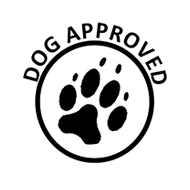
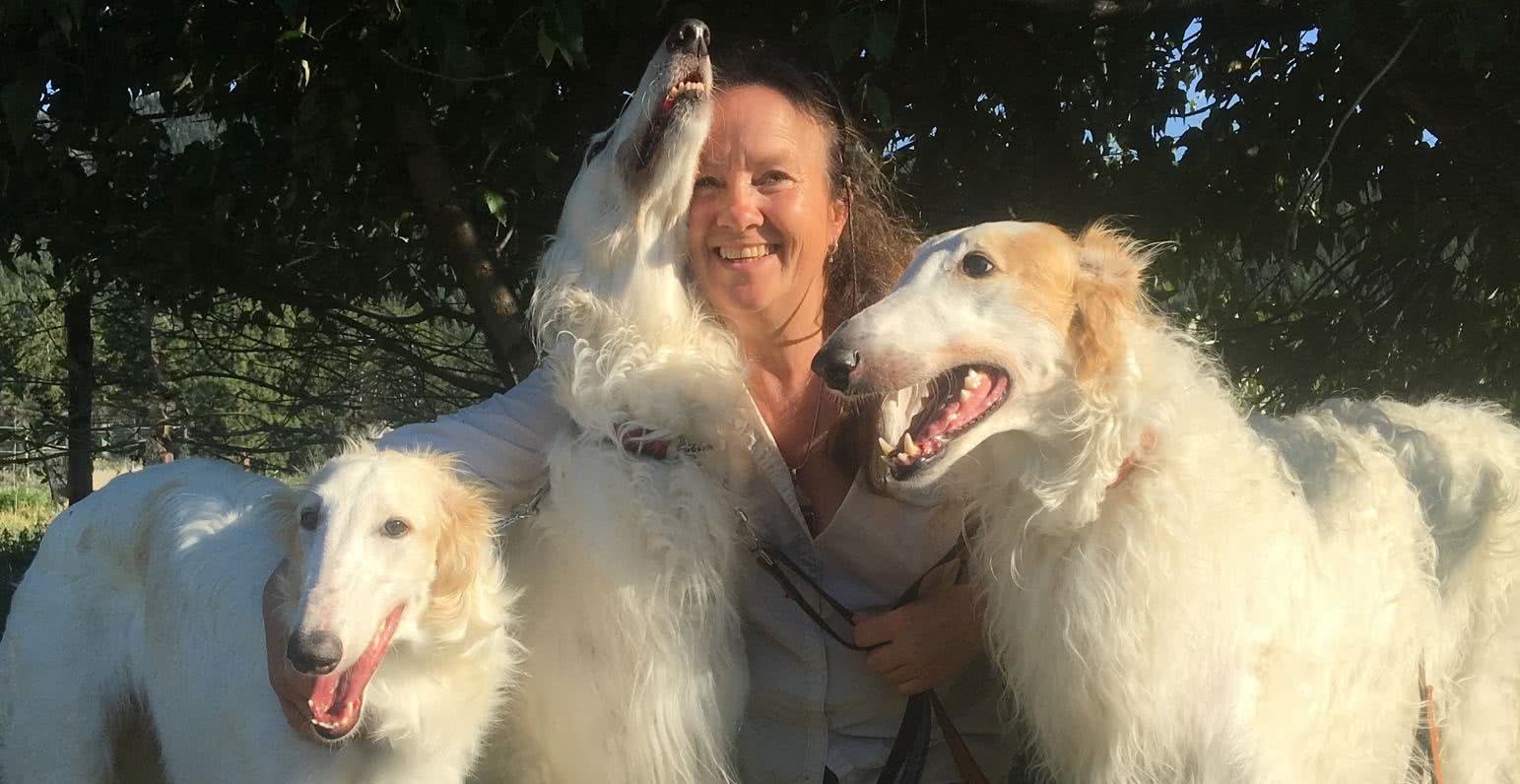
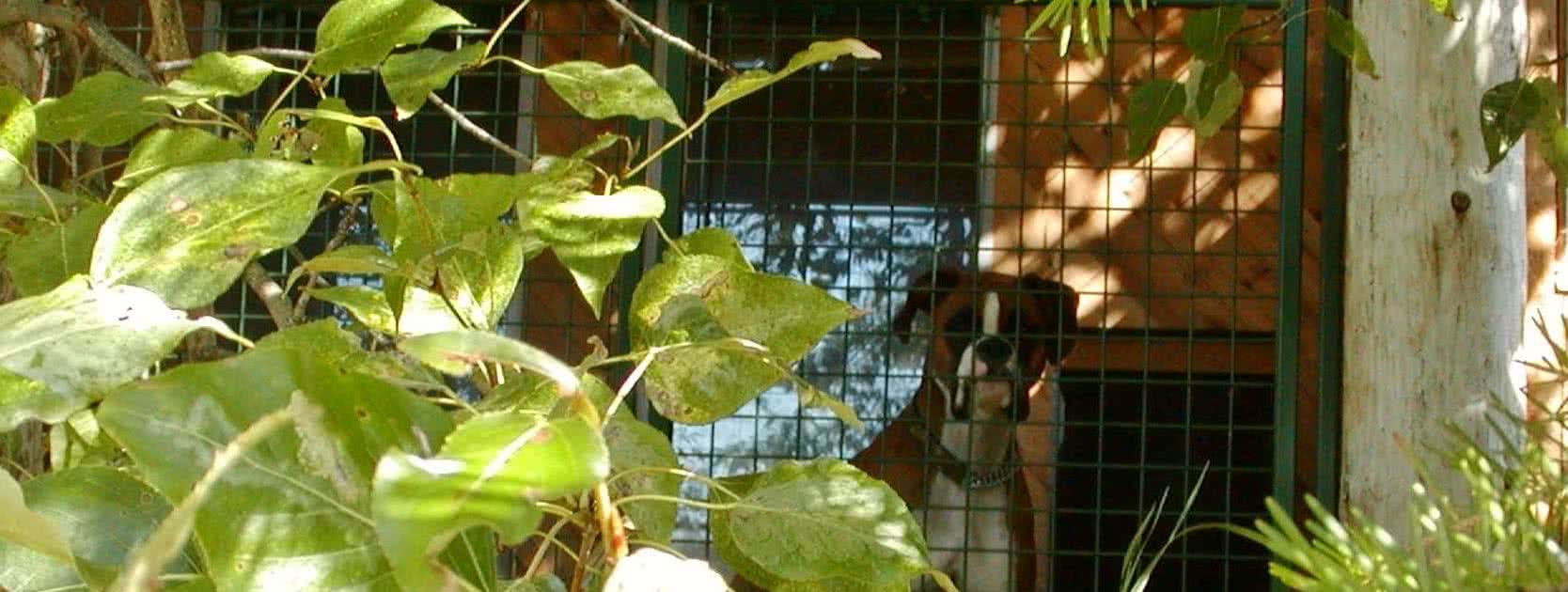
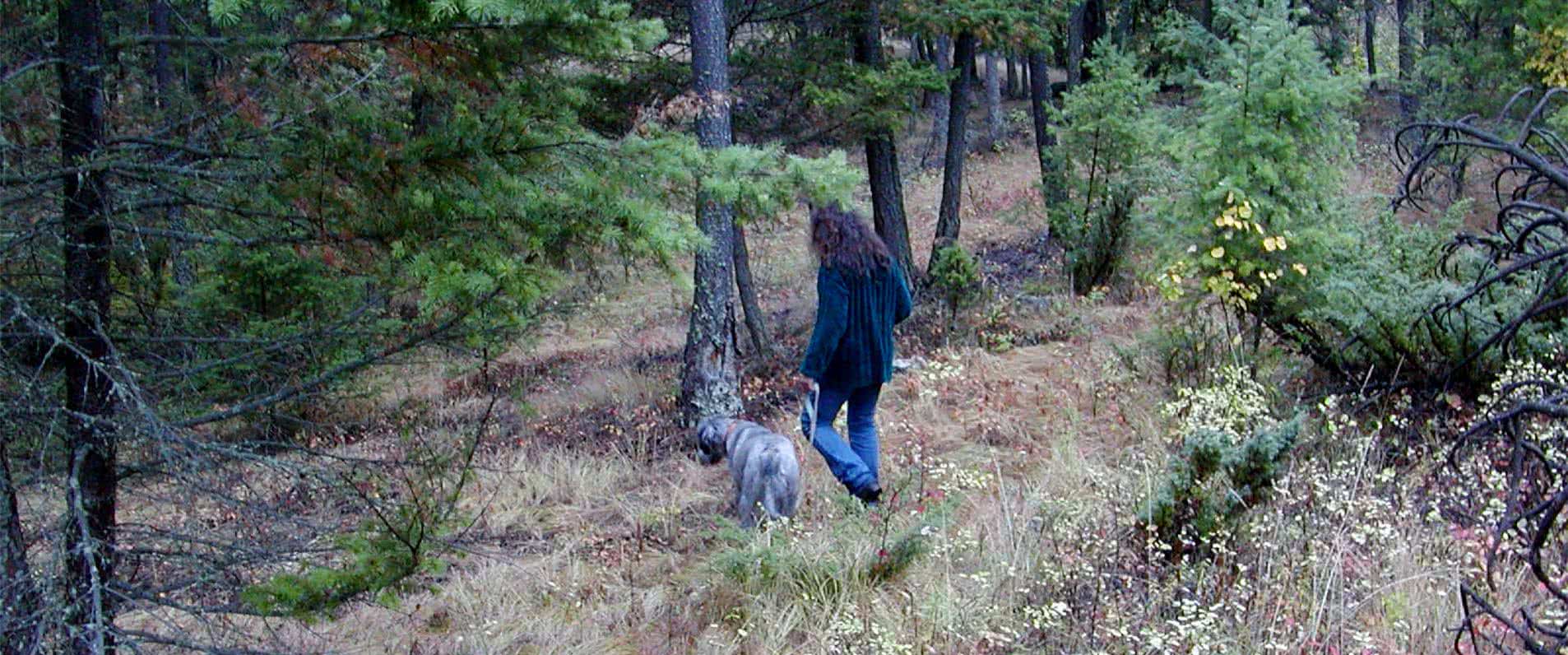
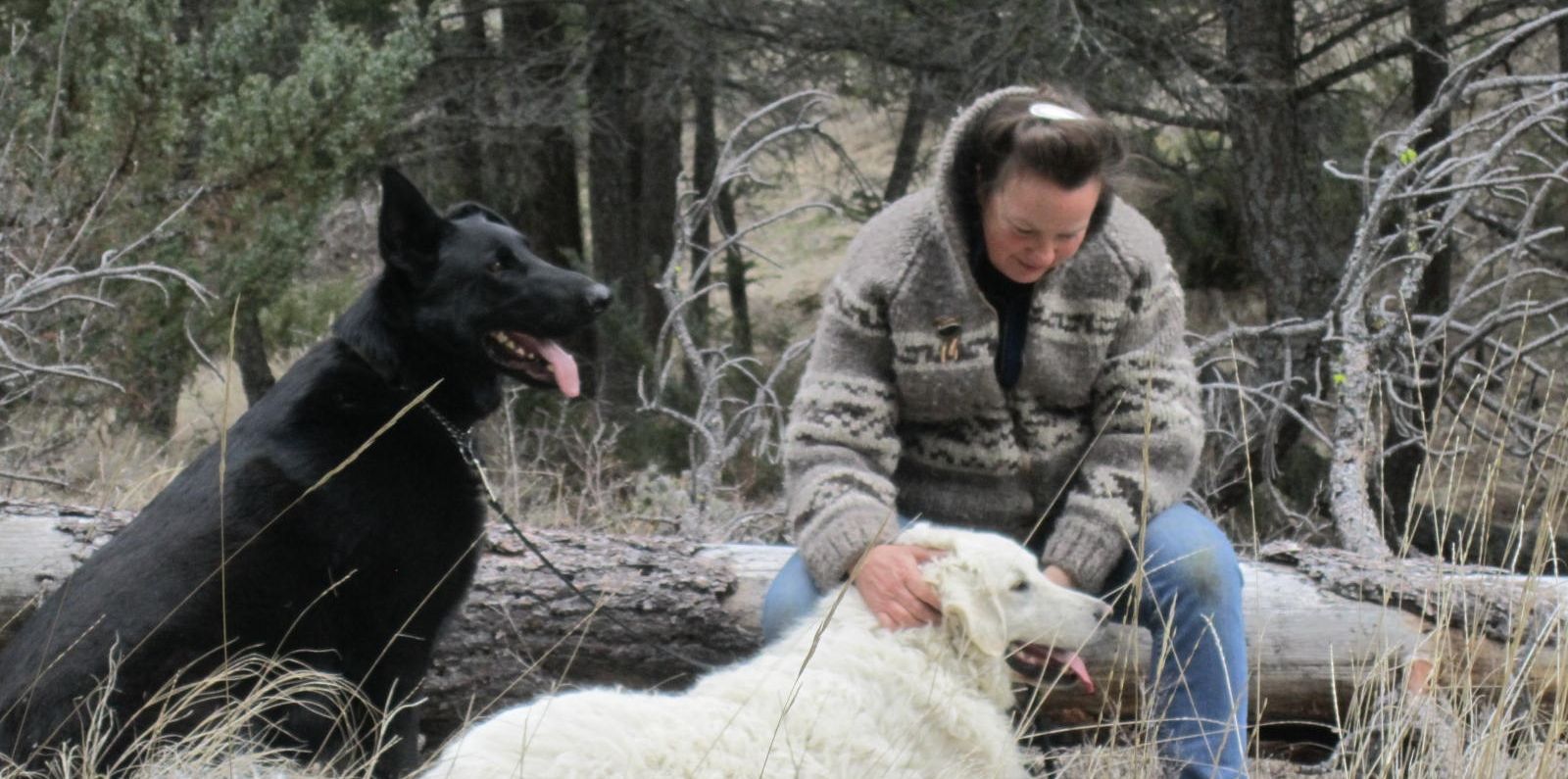
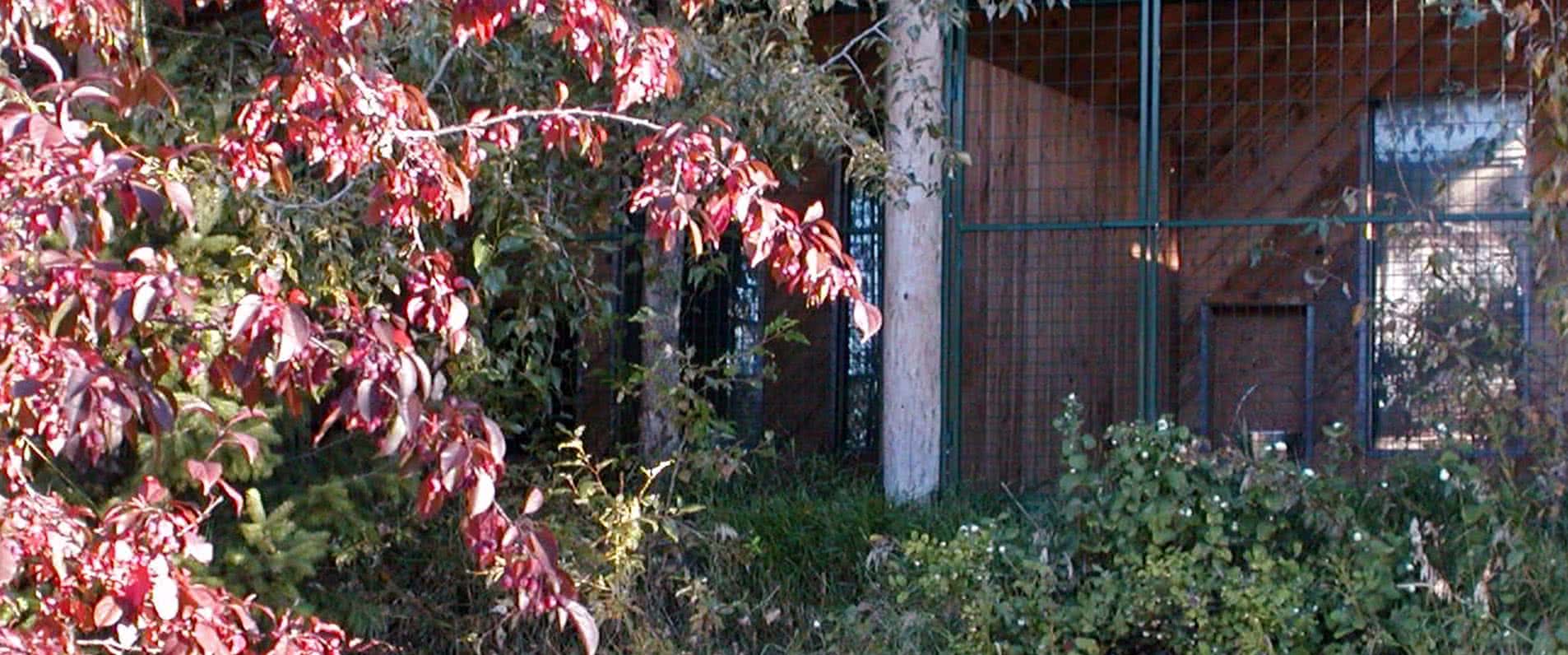
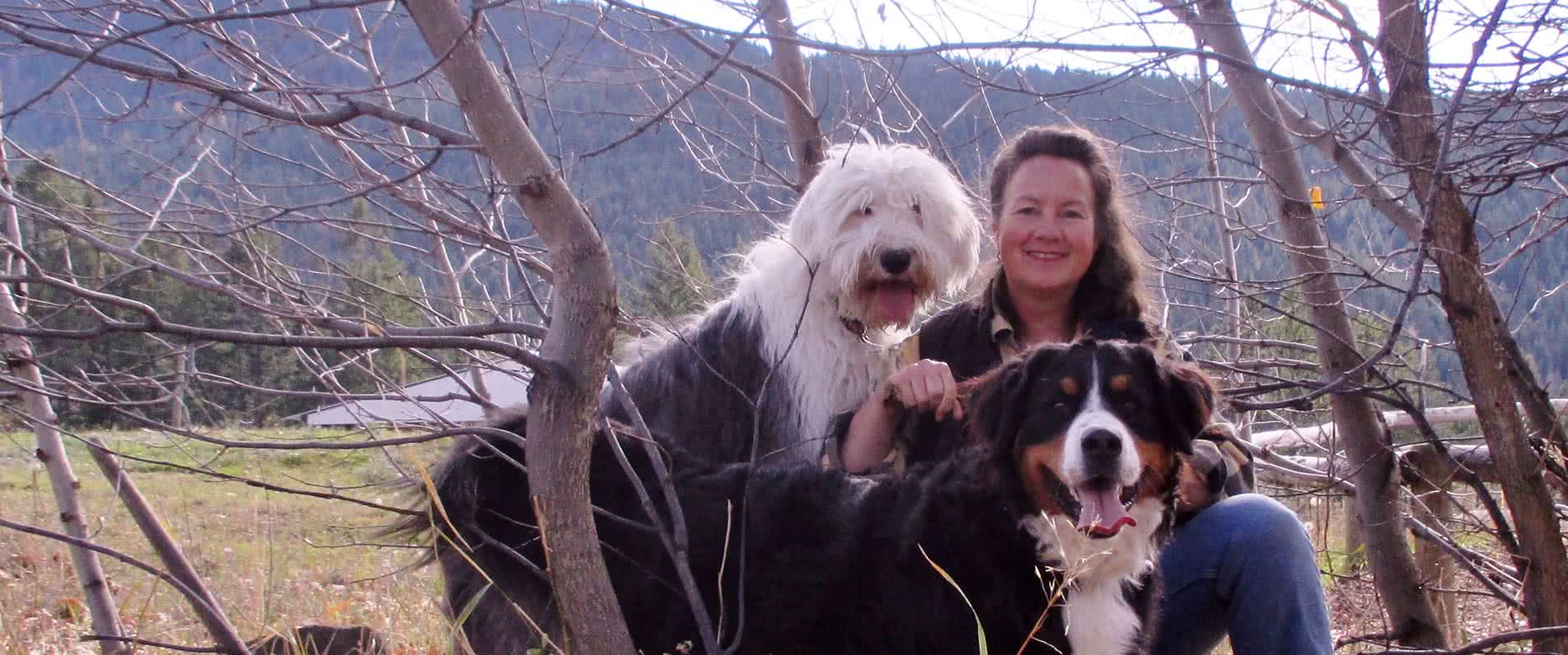


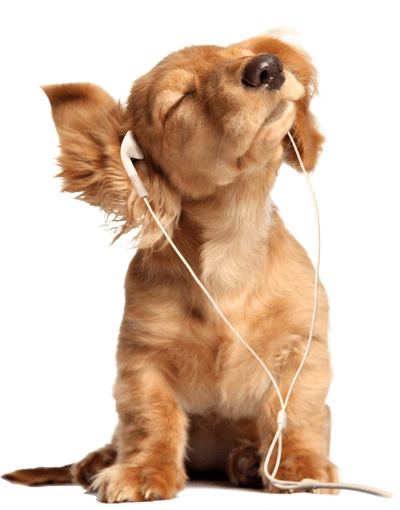
 Contact Form
Contact Form